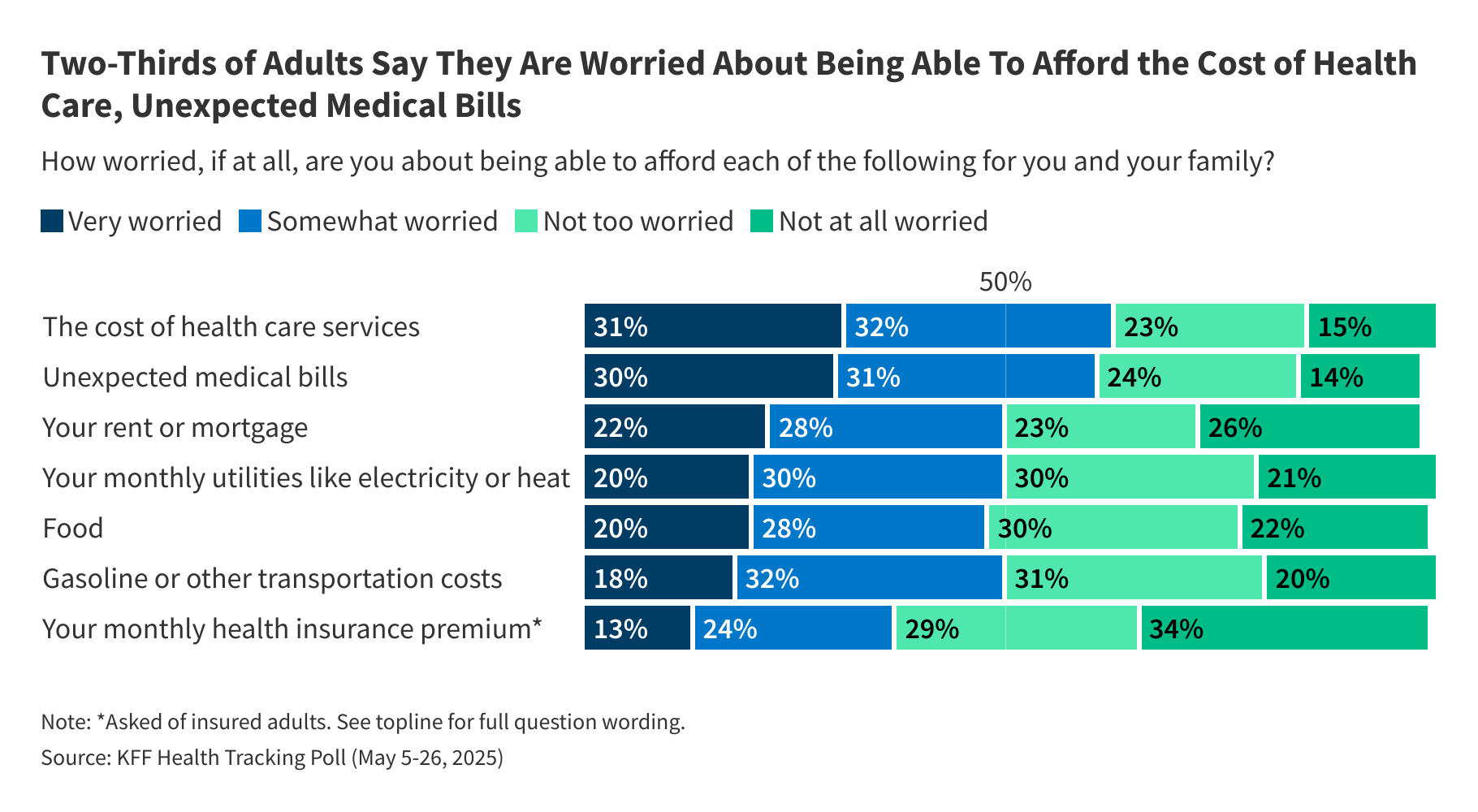Let’s see if fintech and state auto-IRAs are making a difference.
Individual Retirement Accounts (IRAs), which hold over half of total private retirement assets, were introduced as a way for workers without an employer-sponsored plan to save for retirement. Instead, they have been primarily used as a vehicle for rollovers from employer-sponsored plans, with direct contributions traditionally accounting for only a small share of annual inflows (see Figure 1).
In recent years, however, two developments could have affected contributions: 1) the spread of state auto-IRA programs, which enroll workers without coverage into a Roth IRA; and 2) the growth of fintech platforms offering, and sometimes incentivizing, IRA contributions.
Indeed, the share of households contributing has increased (see Figure 2). The question is whether Auto-IRA programs and fintech played a role and whether the growth in contributors reflected an increase in coverage or just a larger tax-preferred footprint for those already covered.
To answer this question, we looked at the characteristics of IRA contributing households from the Federal Reserve’s 2016, 2019, and 2022 Survey of Consumer Finances (see Table 1). At first, the pattern looks much the same across the years. Two changes, however, stand out. First, the share of contributors in the bottom third of the income distribution rose from 5 percent to 9 percent and, second, the share of contributors under age 40 increased from 28 percent to 41 percent.
Any impact of the new auto-IRA programs must by definition be modest, since the total number of contributors is only about one million – compared to 20 million IRA contributing households in 2022. That said, these programs could well explain the increase between 2019 and 2022 in the share of contributions coming from the bottom third of the income distribution. These are likely new savers who are gaining access to tax-advantaged options through Roth IRAs.
Similarly, fintech must surely explain the shift in the age distribution of contributors – generally, only young tech-savvy investors turn to their cell phones to save for retirement. But who are these new young IRA contributors? It turns out that the increase in the percentage of under-40 households is concentrated among households with the highest incomes (see Table 2). The middle tercile also shows a modest increase – albeit from really low levels.
The question remains whether the fintech-inspired growth in contributions has produced an increase in coverage. Table 3 shows that for the top tercile – the place with all the action – 82 percent of contributors already had a 401(k)-type plan. If technology makes it really easy to contribute to tax-advantaged savings accounts, the tech-savvy with money will take advantage of the opportunity.
The bottom line is that – with the exception of the state Auto-IRA programs – IRAs remain primarily a way for those with retirement assets to gain more tax-advantaged saving rather than a mechanism for increasing coverage.
Publisher: Source link









